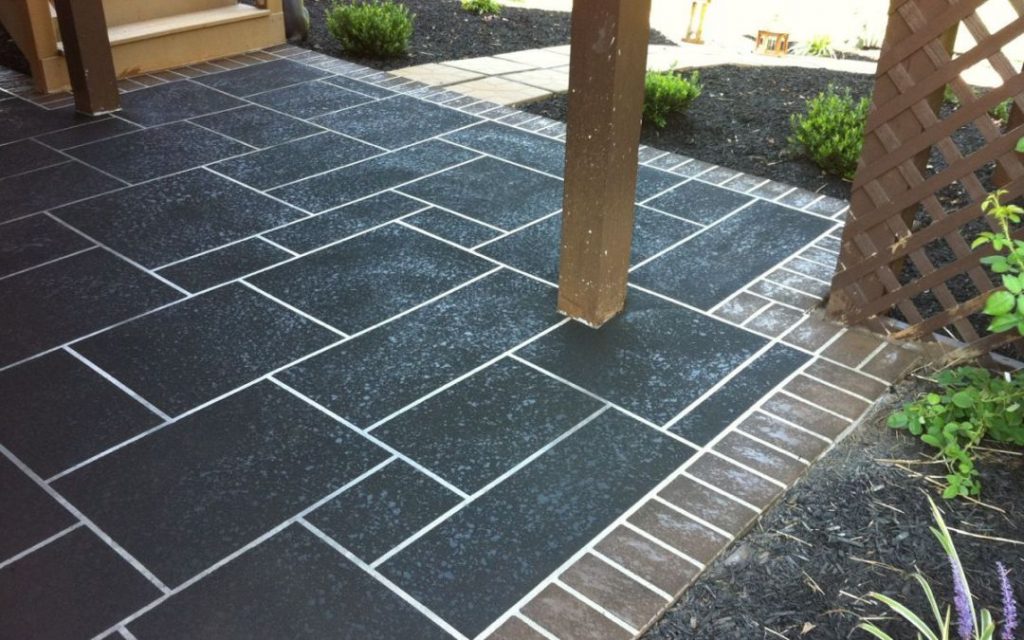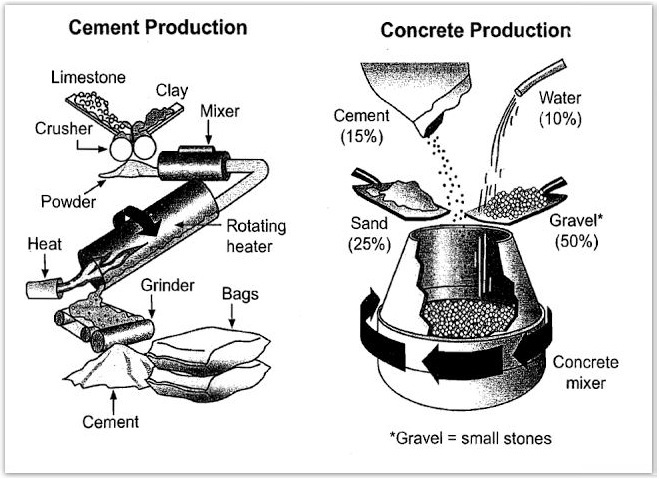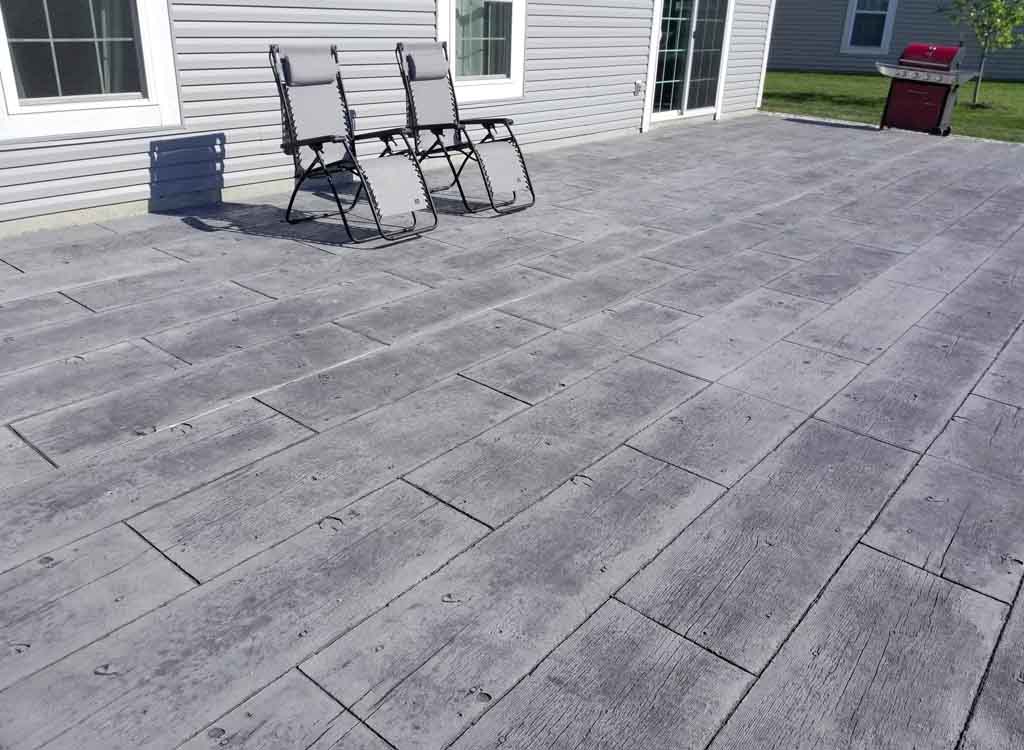Concrete might be a suitable material capable of being used for any form of construction, but it is much more than that. Concrete can also be used for aesthetic enhancements of any structure, which means it will be functional and decorative. One of such ways to make concrete decorative is through art designs. Some concrete contractors specialize in using concrete for their art designs or putting the design on concrete. They do this in multiple ways, and technical developments have improved the craft of using concrete as a decorative feature. This article discusses how concrete can be designed with art and used to enhance structures.
Stamped Concrete:
One of the most effective ways of putting art designs on concrete is stamping it. By stamping concrete, you add color and texture to concrete and resemble anything you have in mind. Some stamp their concrete to resemble clay bricks, which is more beautiful and enhances any regular structure. When it comes to what to stamp into your concrete, the only thing that limits your choice is the unavailability of the mold of the design you may have in mind. Once there is a mold, you can transform a regular looking concrete wall or floor into something astounding. The stamping is usually done when the concrete is in a plastic state, i.e., it is not fully dry and hard. The mold is pressed into the concrete, and the color is generally added by using liquid or powder releases, acid stains, integral colors, or color hardeners. There are instances where these products are combined to make more intricate and better designs.
Concrete Dyes:
Another way of installing art designs on concrete is by using concrete dyes. These dyes come in different compositions and forms, and you can use them for just about anything that is concrete. The first concrete dyes used regular printing inks, which are dissolved into alcohol solutions. However, the problem with these alcohol-based dyes is that they fade when exposed to the sun. This is why they are now mostly used for interior applications. Later on, other solvents such as lacquer thinner, acetone, etc. were used instead of alcohol, and ultraviolet inhibiting agents were included in the dyes. This has made the new dyes more fade resistant, with only about a 5-8% fading rate every year.
Staining:
You can also install art designs on your concrete by staining it. This can come either as water-based or acid staining. When it comes to acid staining, it is a pigment-based coloring or dyeing. Instead, it is a chemical reaction. By applying a solution of mineral salts, little muriatic acid, and water to the concrete’s surface, there is a chemical reaction between the chemicals in the concrete and the solution that is applied, which results in the concrete developing earth tone colors within four hours. Acid staining is usually inconsistent as the color tones will be different on the concrete, making it unique. On the other hand, water-based staining is more or less coating because there is no chemical reaction whatsoever. The water-based stains are merely applied to the concrete, and they bond with it.
Conclusion
There are other ways of installing art designs on the concrete, and some even craft statutes, artworks, and designs directly out of concrete. Adding art designs to your concrete is a great way to make it look better. Visit this site https://www.elitesanantonioconcretecontractors.com/ for more information on decorative concrete.





